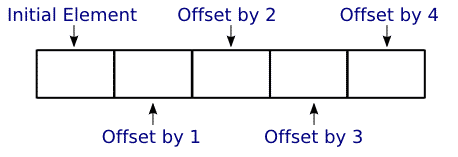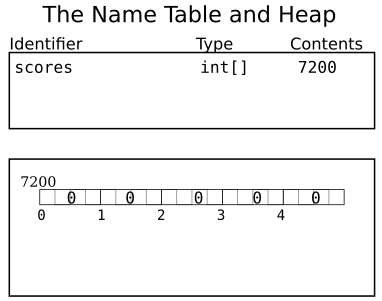Passing the Array to the Constructor
public class GradeBook
{
private double[] grades;
private String course;
public GradeBook(String c, double[] g)
{
this.course = c;
this.grades = g;
}
// ...
public double getGrade(int index)
{
if (index < this.grades.length) return this.grades[index];
else return -1;
}
}
double[] exams = {100.0, 95.0, 100.0};
GradeBook gb;
gb = new GradeBook("CS100", exams);
// ...
System.out.printf("Grade %d: %f5.1\n", 1, gb.getGrade(1));
exams[1] = 10.0;
System.out.printf("Grade %d: %f5.1\n", 1, gb.getGrade(1));








